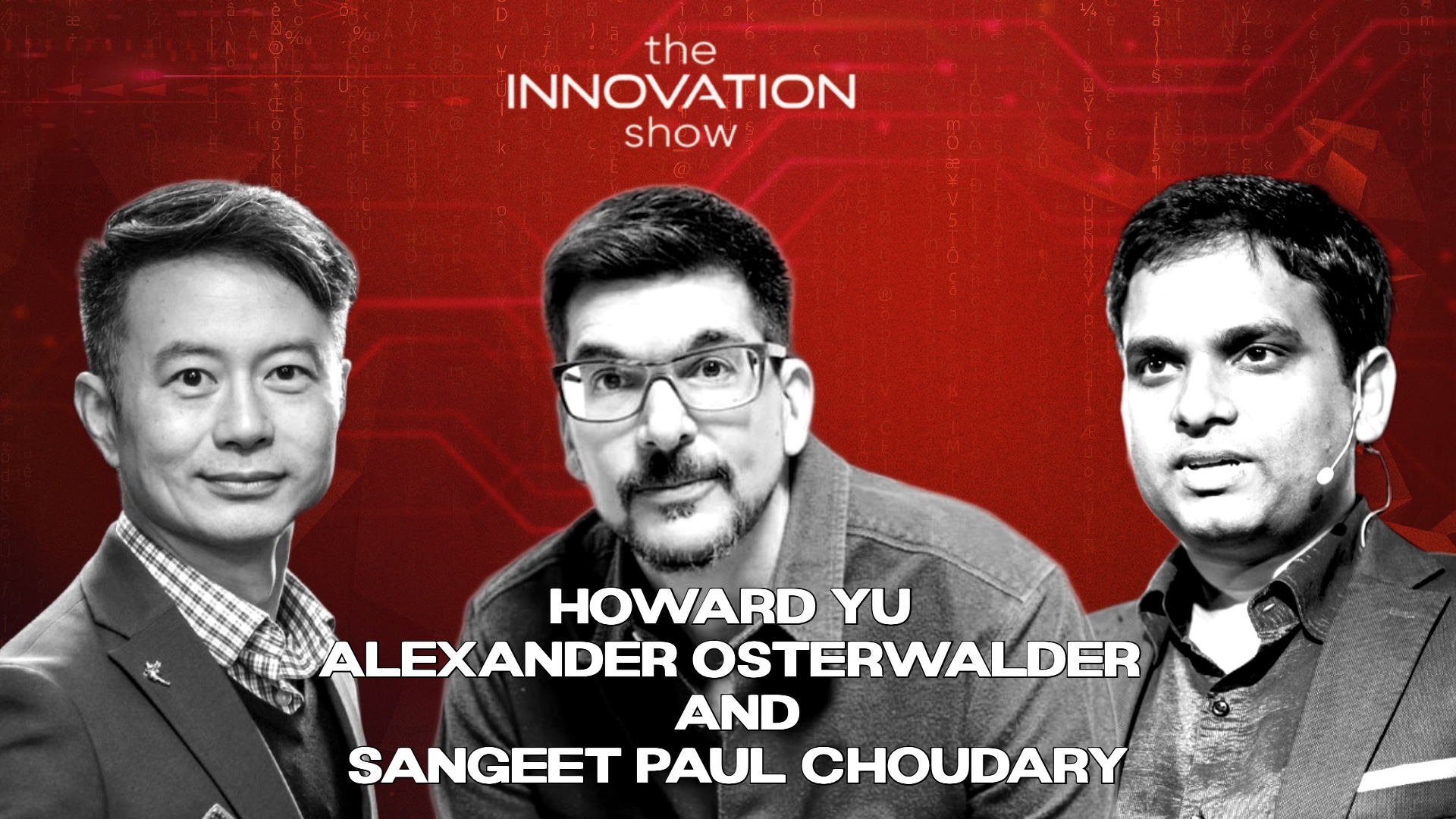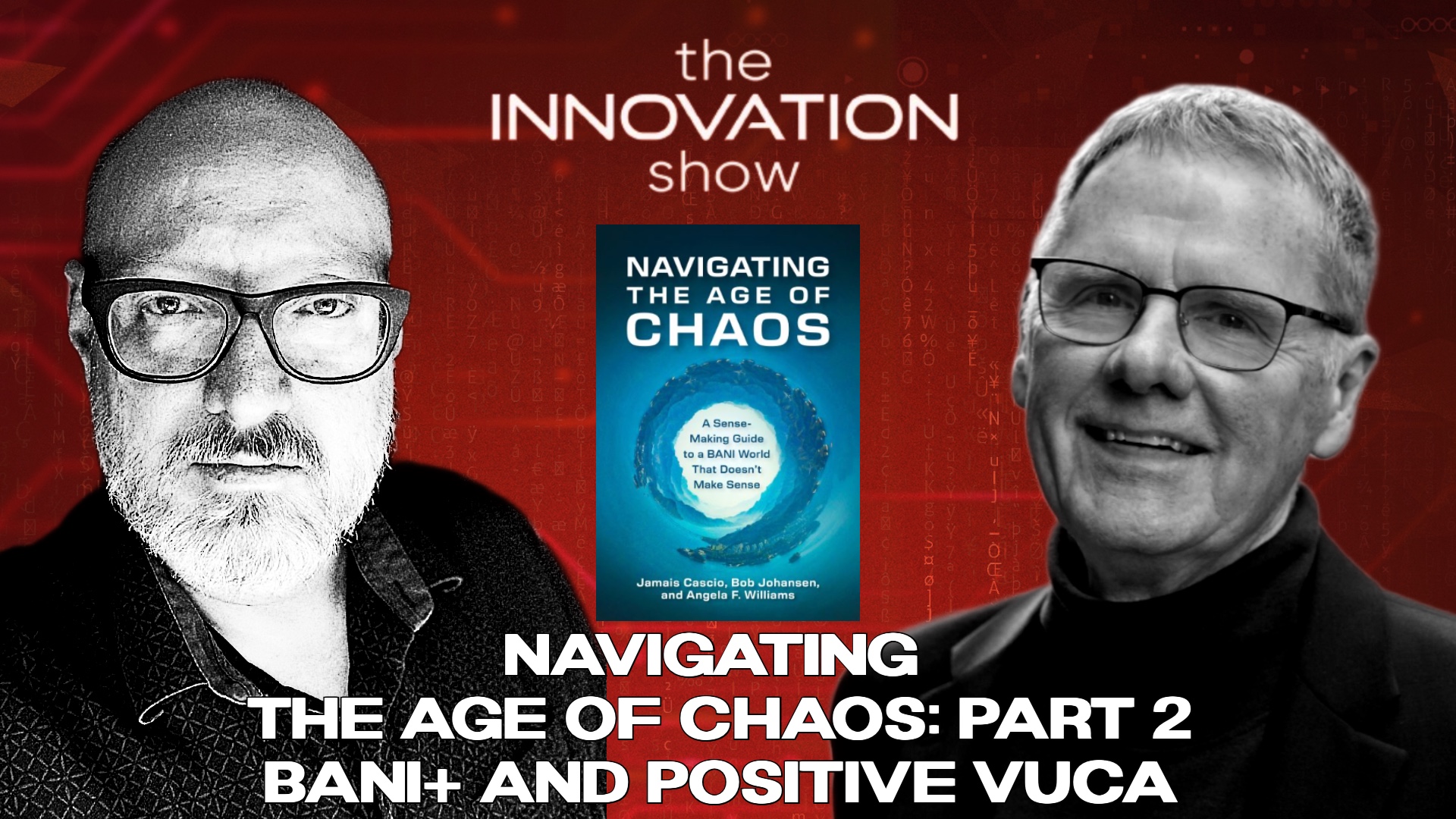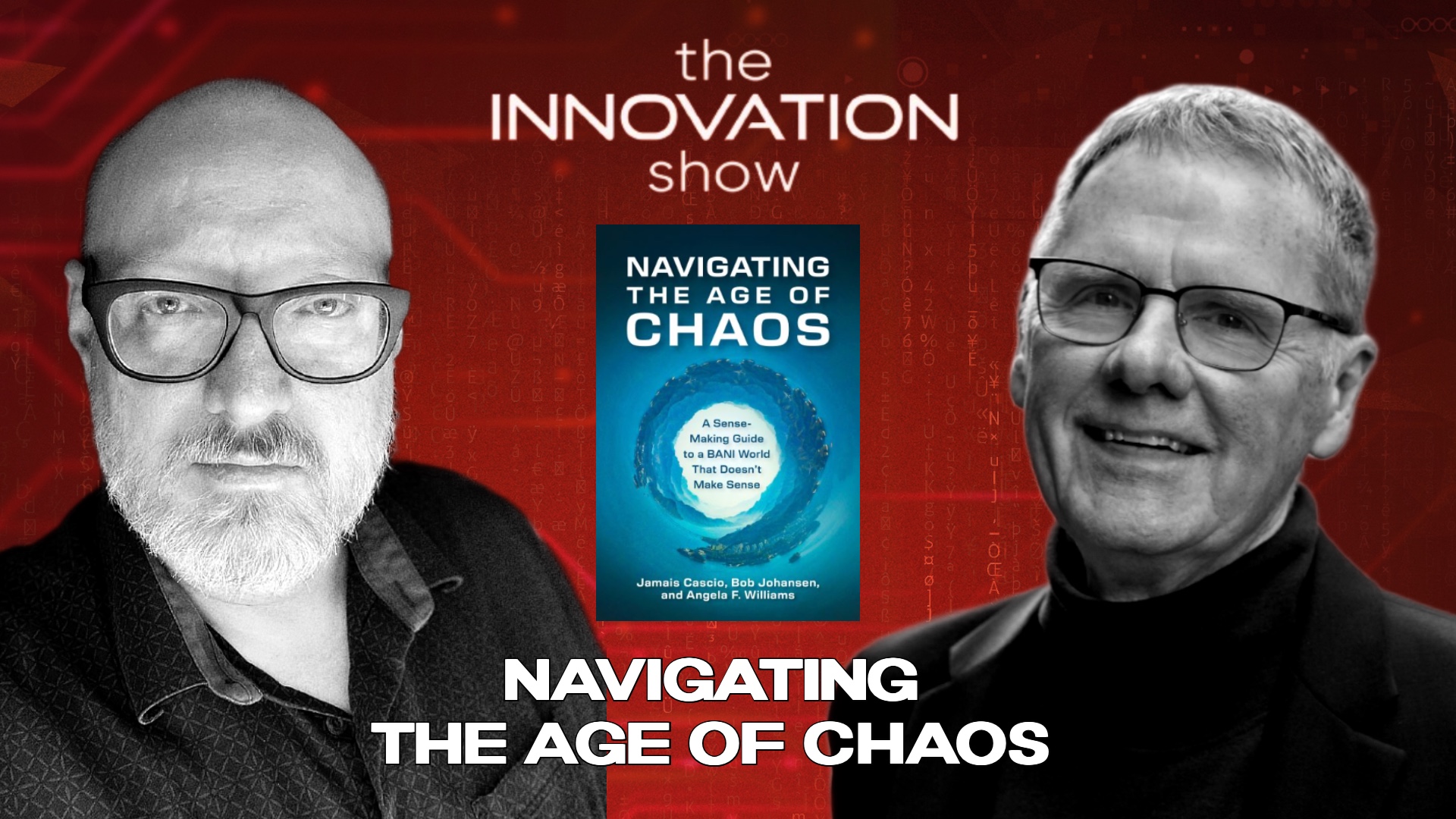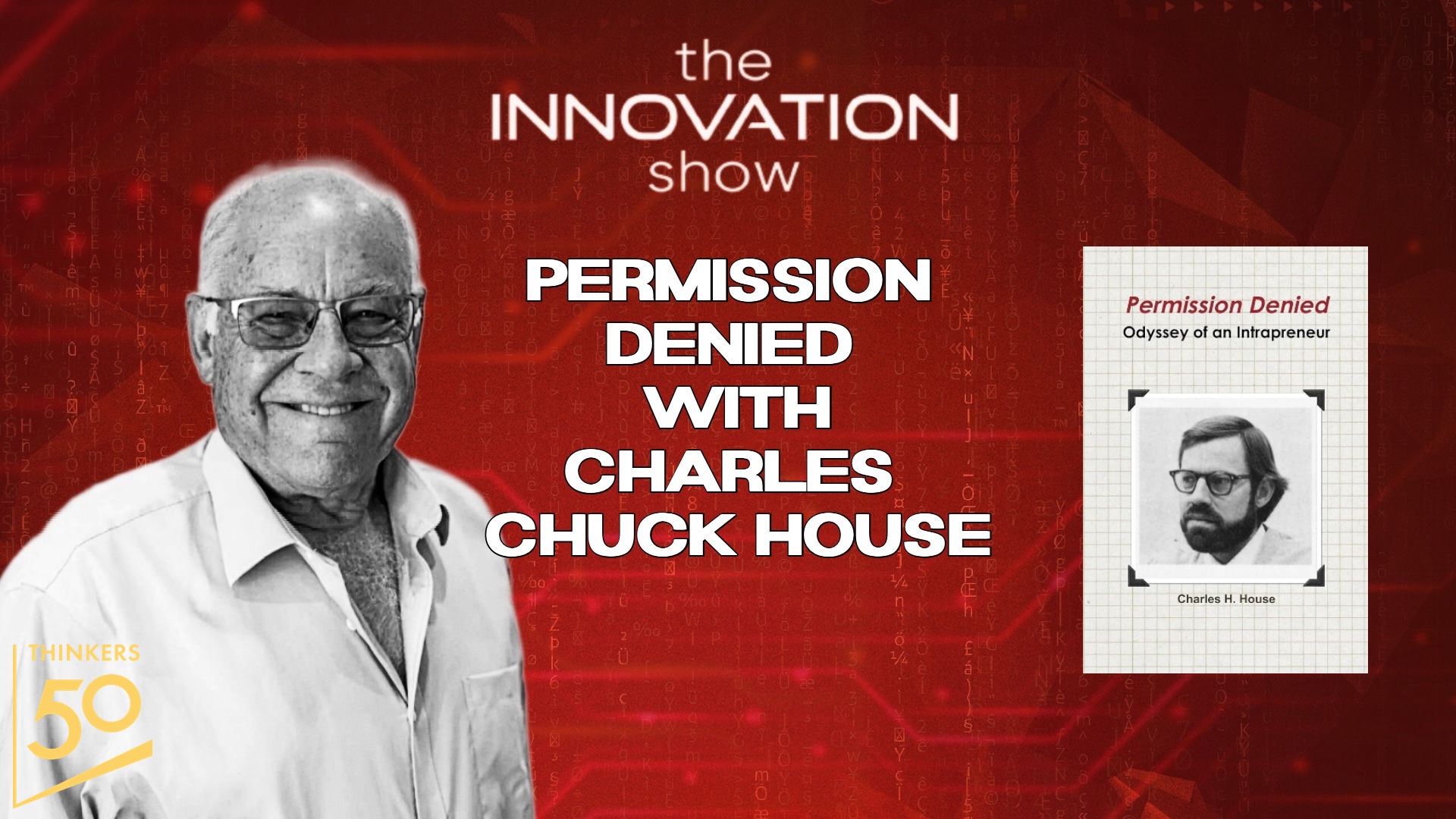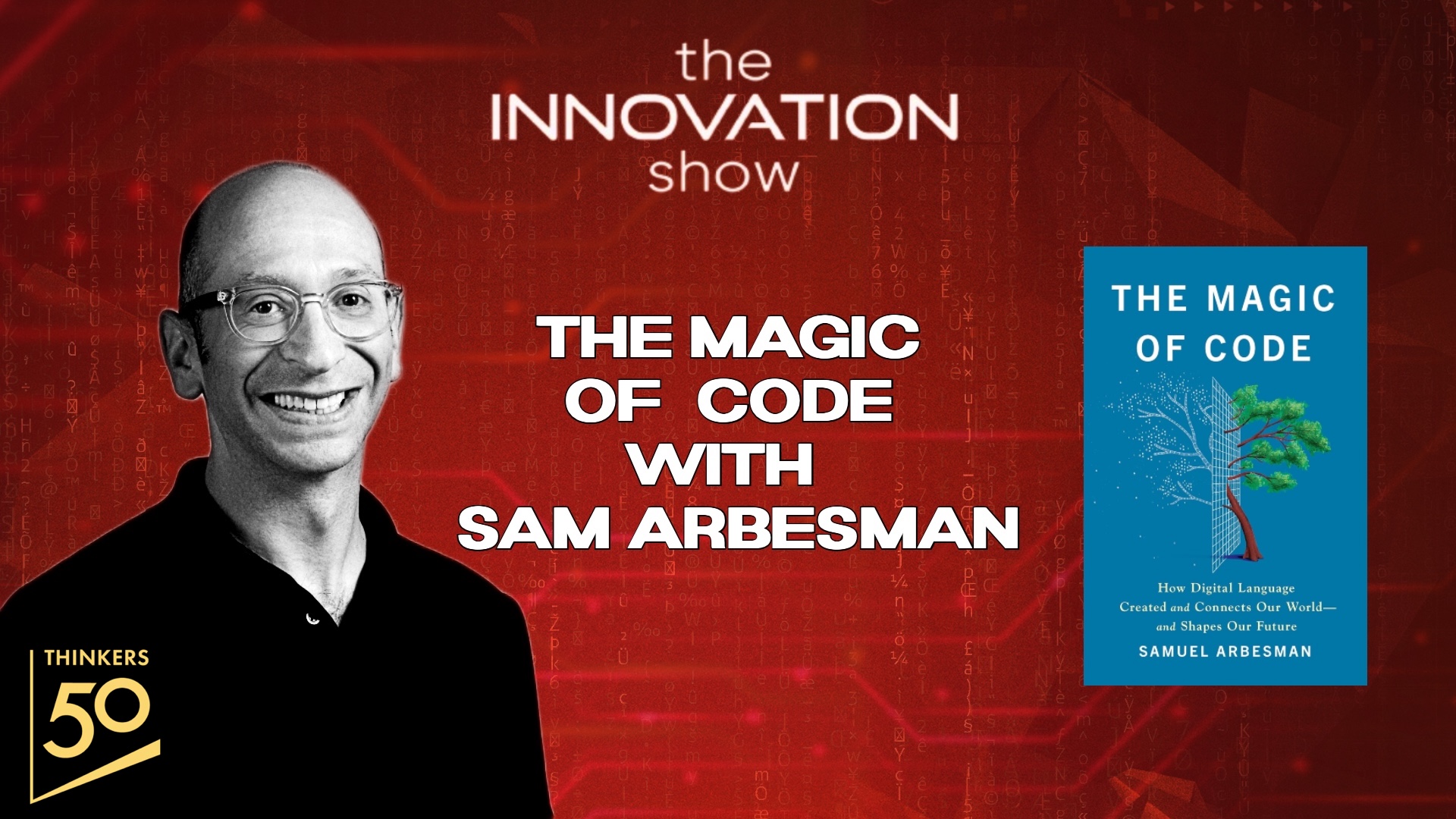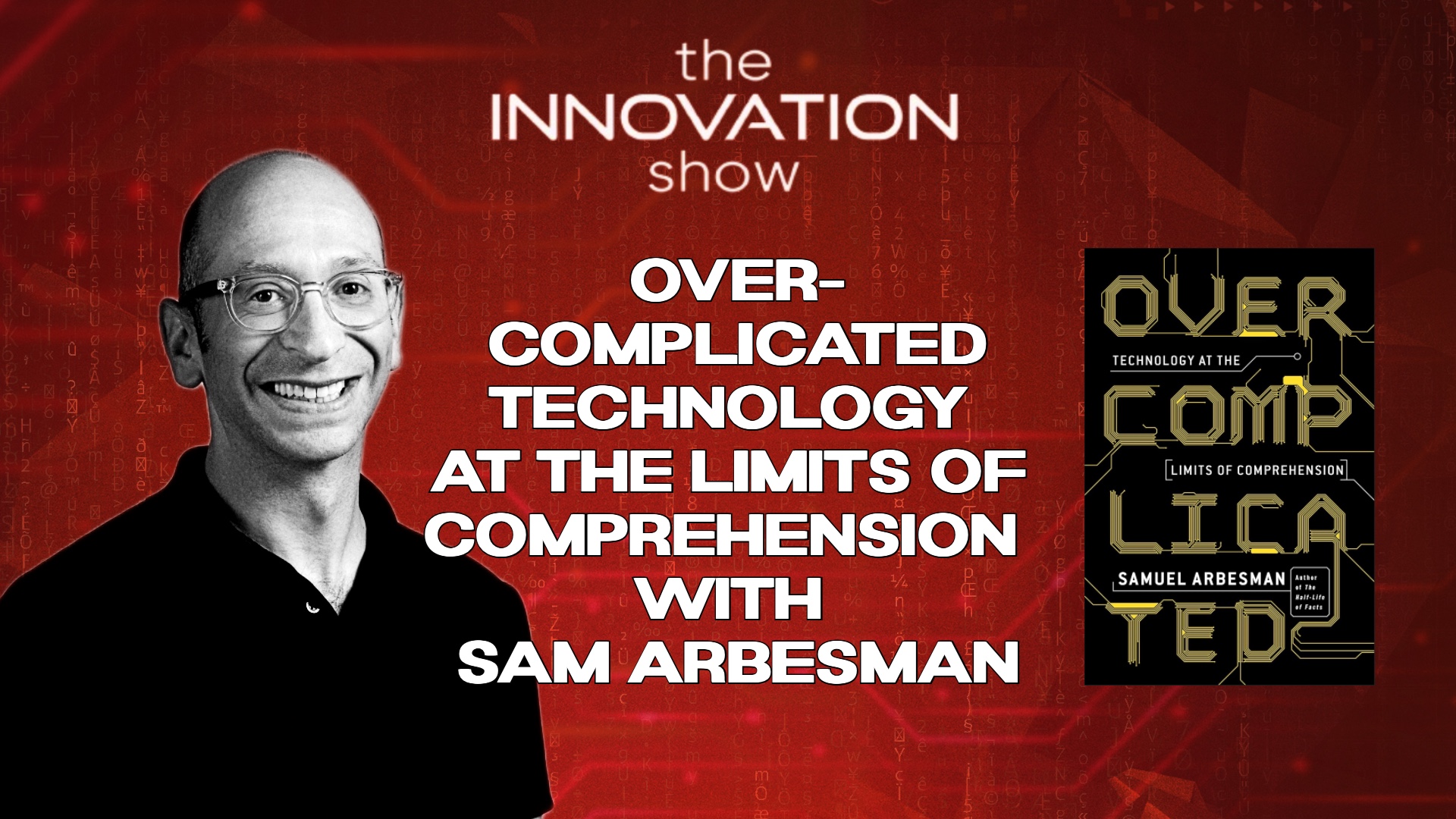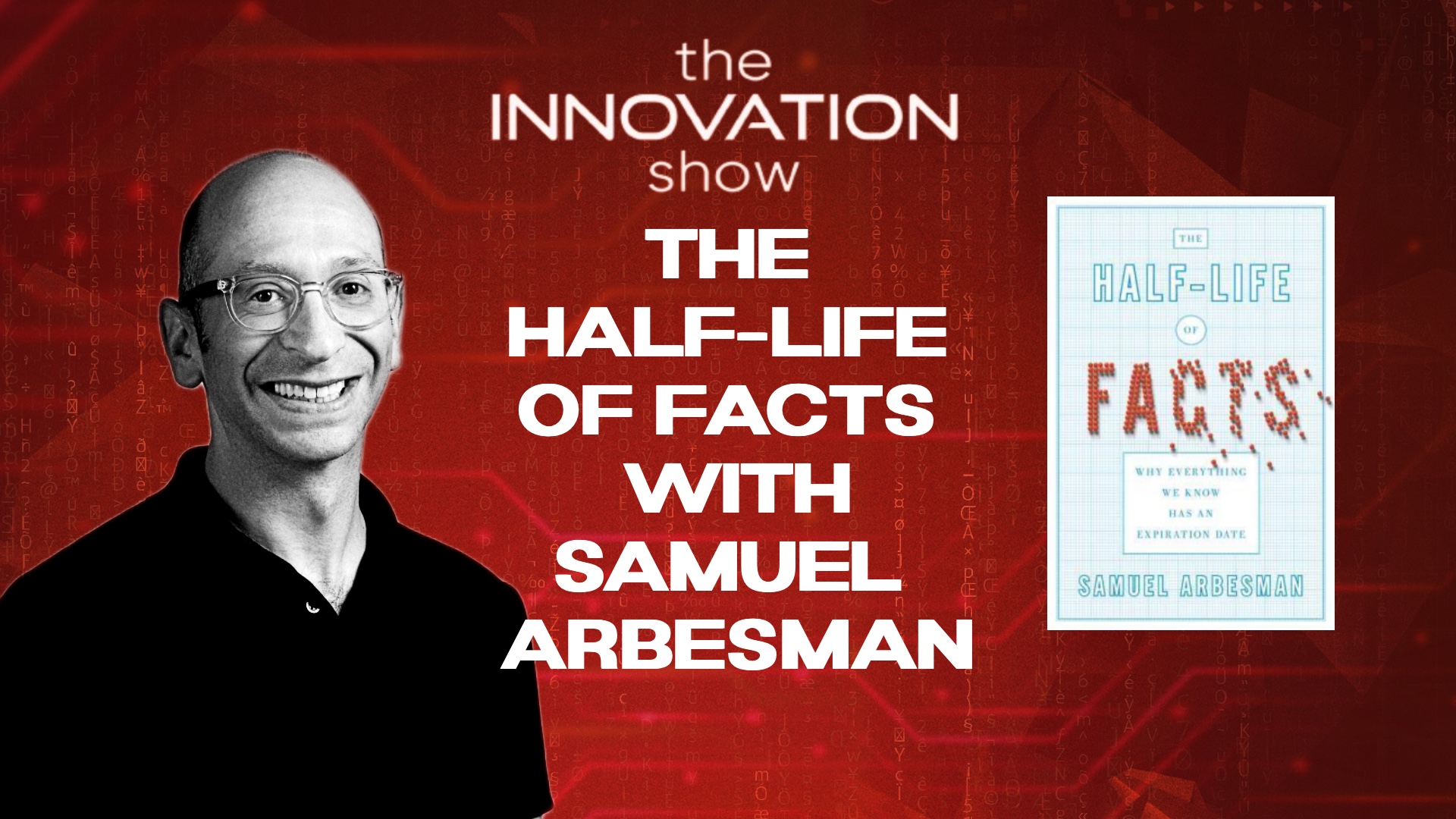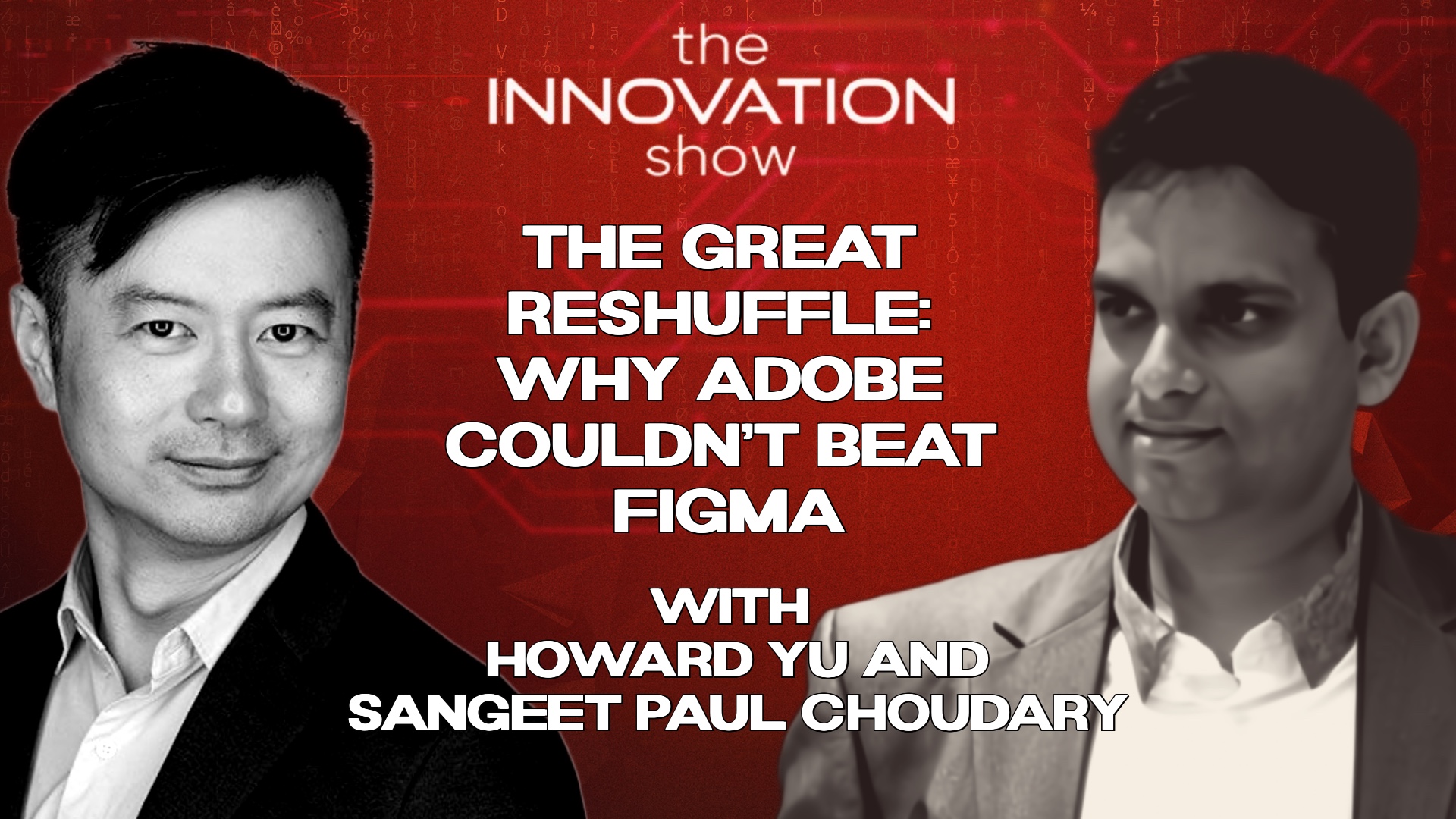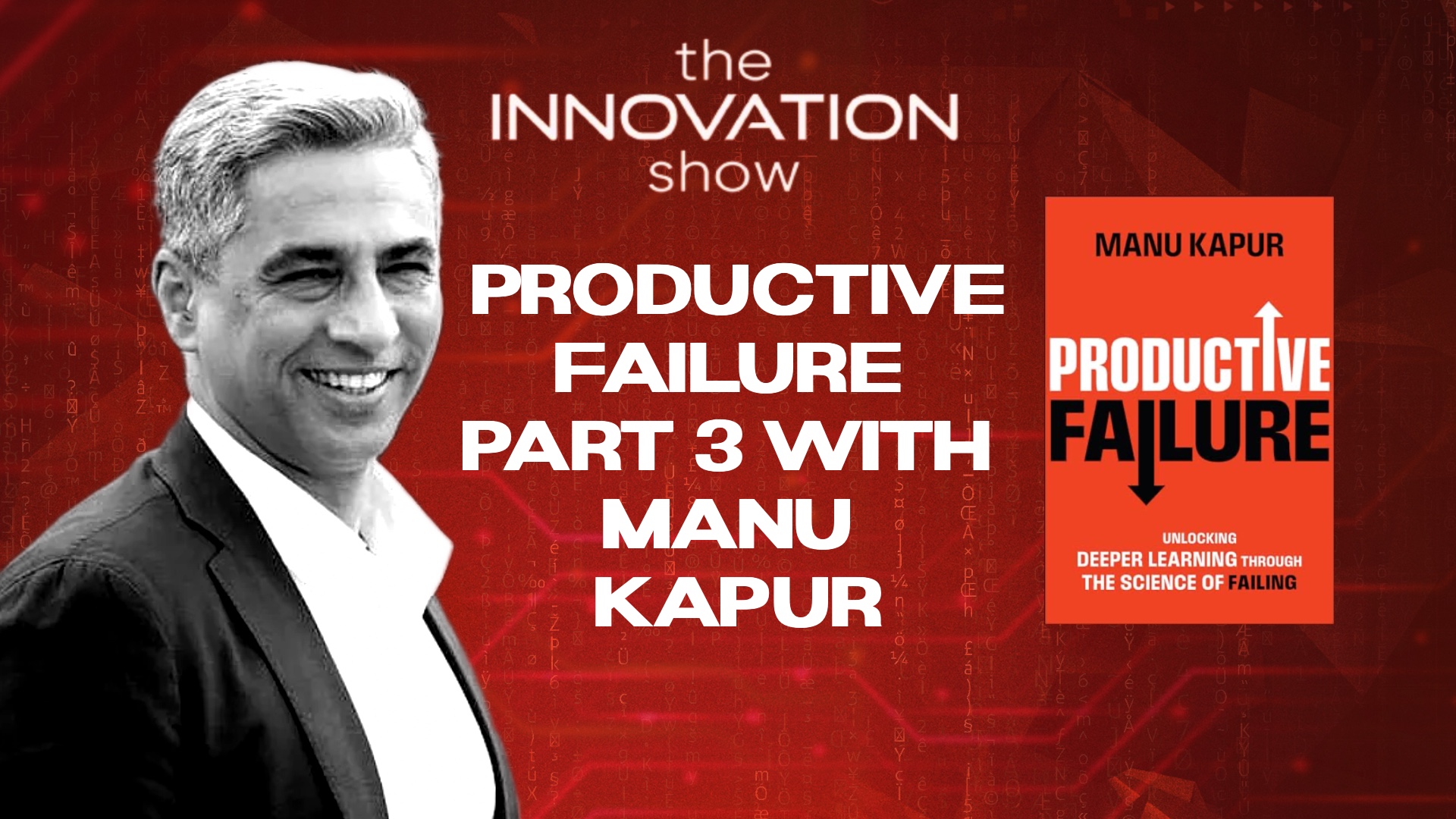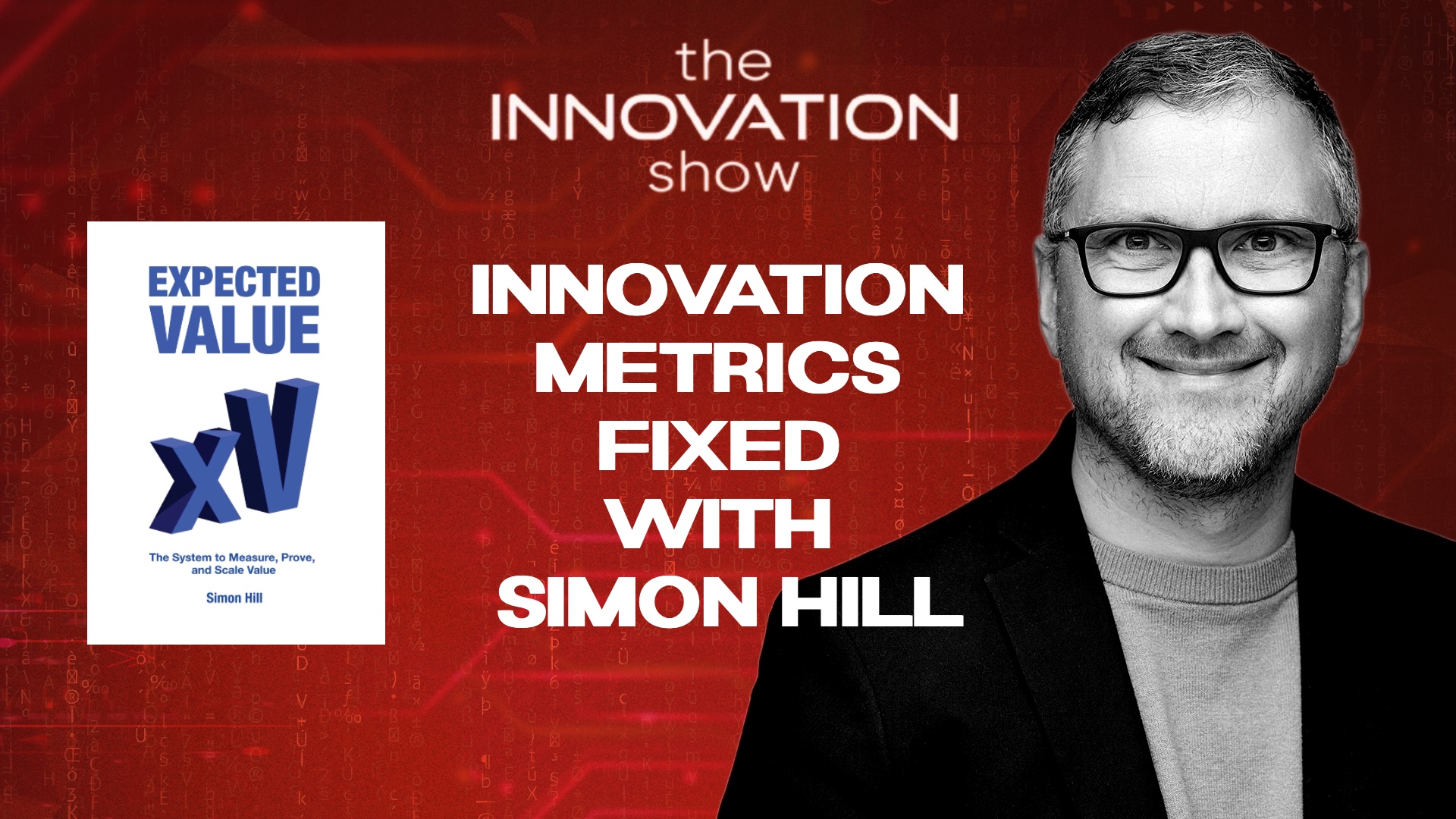A Thinkers50 special episode with Aidan McCullen, Alex Osterwalder, Howard Yu and Sangeet Paul Choudary exploring how AI reshapes business models, strategy and organisational leadership. A masterclass in reinvention, recorded just hours before each received major Thinkers50 honours.
Posted 2 weeks ago Tagged Adaptability Ai Ethics AI guardrails Aidan McCullen anticipatory thinking BANI Bob Johansen chaos Complexity empathy ethical technology Flexive Command future scenarios future thinking incomprehensibility Innovation Show interconnectedness Jamais Cascio Leadership Mindfulness neuro flexibility nonlinear systems purpose-driven leadership Resilience robotic empathy sensemaking strategic foresight technological change Vuca
Discover how leaders can navigate complexity using BANI+ and VUCA+ frameworks. Bob Johansen and Jamais Cascio join Aidan McCullen to explore empathy, ethical AI, and future-ready thinking.
Posted 3 weeks ago Tagged Aidan McCullen Anxiety BANI Framework Bob Johansen brittle systems chaos foresight Future Trends incomprehensibility innovationBANI framework Institute for the Future Jamais Cascio Leadership non-linear systems Resilience sensemaking societal disruption strategic foresight uncertainty Vuca
In this episode, Aidan McCullen dives into the turbulent trends shaping our world with futurists Bob Johansen and Jamais Cascio, co-authors of “Navigating the Age of Chaos.” They explore the BANI framework—Brittle, Anxious, Non-linear, Incomprehensible—and how leaders can respond with resilience, empathy, and strategic foresight.
Posted 4 weeks ago Tagged
On this episode of The Innovation Show, we welcome Chuck House, serial intrapreneur, author of Permission Denied, and former executive at Hewlett-Packard.
Chuck shares hard-won lessons from inside one of the world’s most influential tech companies—revealing what it really takes to innovate from within. From helping pioneer the first commercial computer graphics display to earning HP’s only-ever Medal of Defiance, Chuck’s story is both a cautionary tale and a masterclass in intrapreneurial resilience.
Hosted by Aidan McCullen, Thinkers50 Award recipient for Innovation and keynote speaker based in Ireland.
🎧 Highlights include:
-
Surviving and thriving as an intrapreneur
-
Navigating organisational resistance
-
Why engineers must meet customers
-
Leadership in uncertain times
-
Insights for today’s innovation leaders
📖 Get Chuck’s book: Permission Denied: Odyssey of an Intrapreneur:
https://amzn.to/3Xq2LxC
🌐 More on Aidan: www.aidanmccullen.com
Posted 1 month ago Tagged AI and Humanity Aidan McCullen Aidan McCullen Podcast Artificial Intelligence Artificial Life Biology and Computing Code and Creativity Coding and Philosophy Digital Language Evolution and AI Future of Technology innovation podcast Philosophy of Technology Sam Arbesman Samuel Arbesman Interview Simulation Hypothesis Technology and Society The Innovation Show The Magic of Code Thinkers50 Thinkers50 Innovation Award
Aidan McCullen and Samuel Arbesman dive into code as a humanistic “superpower,” biology–computation parallels, artificial life, and the simulation hypothesis—tempered by humility and curiosity.
Posted 1 month ago Tagged AI and technology Aidan McCullen complex systems digital complexity generalists vs specialists human comprehension limits keynote speaker innovation Legacy Systems Overcomplicated Samuel Arbesman spaghetti code systemic failure technological accretion understanding modern technology
Author Samuel Arbesman joins Aidan McCullen to unpack why today’s technologies are often beyond human understanding. From systemic failures to the burden of knowledge, this episode explores the complexity of modern systems—and how to navigate them with intellectual humility.
Posted 2 months ago Tagged changing facts Cognitive Bias epistemology Exponential Growth future of knowledge Half-Life of Facts Innovation knowledge decay meta science Moore’s Law podcast episode Sam Arbesman science communication scientific knowledge
What if everything you know is slowly becoming outdated? In this eye-opening episode, Samuel Arbesman, author of The Half-Life of Facts, explores how knowledge decays over time, why scientific truths shift, and how we can stay ahead by understanding the patterns of information change.
Posted 2 months ago Tagged Adobe vs Figma AI in business Aidan McCullen Business Transformation Cloud Collaboration Design Thinking Digital Strategy Disruptive Innovation Enterprise Innovation Future Of Work Howard Yu Innovation Show X Knowledge Work Leap Orchestration Economy Platform Revolution Platform Strategy Reshuffle SaaS Disruption Sangeet Paul Choudary
Why did Adobe fail to outpace Figma despite cloud dominance? Howard Yu and Sangeet Paul Choudary join Aidan McCullen to explore disruption in the AI age and how your business can leap forward before it’s too late.
Posted 2 months ago Tagged Aidan McCullen Cognitive Dissonance deep learning strategies education podcast Education Reform failure as a tool failure in education innovation podcast Innovation Show instructional design kapur productive failure knowledge building learning science learning through struggle Manu Kapur podcast episode problem-solving skills Productive Failure Thought Leadership
Prof. Manu Kapur joins Aidan McCullen for part 3 of our Innovation Show series on “productive failure.” Discover why initial struggle fosters deeper learning, how to design for failure in education and beyond, and how to unlock insights through cognitive dissonance.
Posted 2 months ago Tagged AI in innovation Business Innovation Business Transformation CFO innovation Expected Value Innovation Accounting Innovation metrics Innovation ROI Innovation Strategy Innovation theatre Kill credits Kyndryl sponsor Measure innovation Project evaluation S-curve innovation Simon Hill Strategic Innovation Wazoku xV framework Zombie projects
Simon Hill, author of Expected Value (xV), reveals a powerful framework to measure the true impact of innovation. Learn how to avoid innovation theatre, kill zombie projects, and align creativity with real business value through xV’s blend of confidence, predicted value, time sensitivity, and strategic fit.
